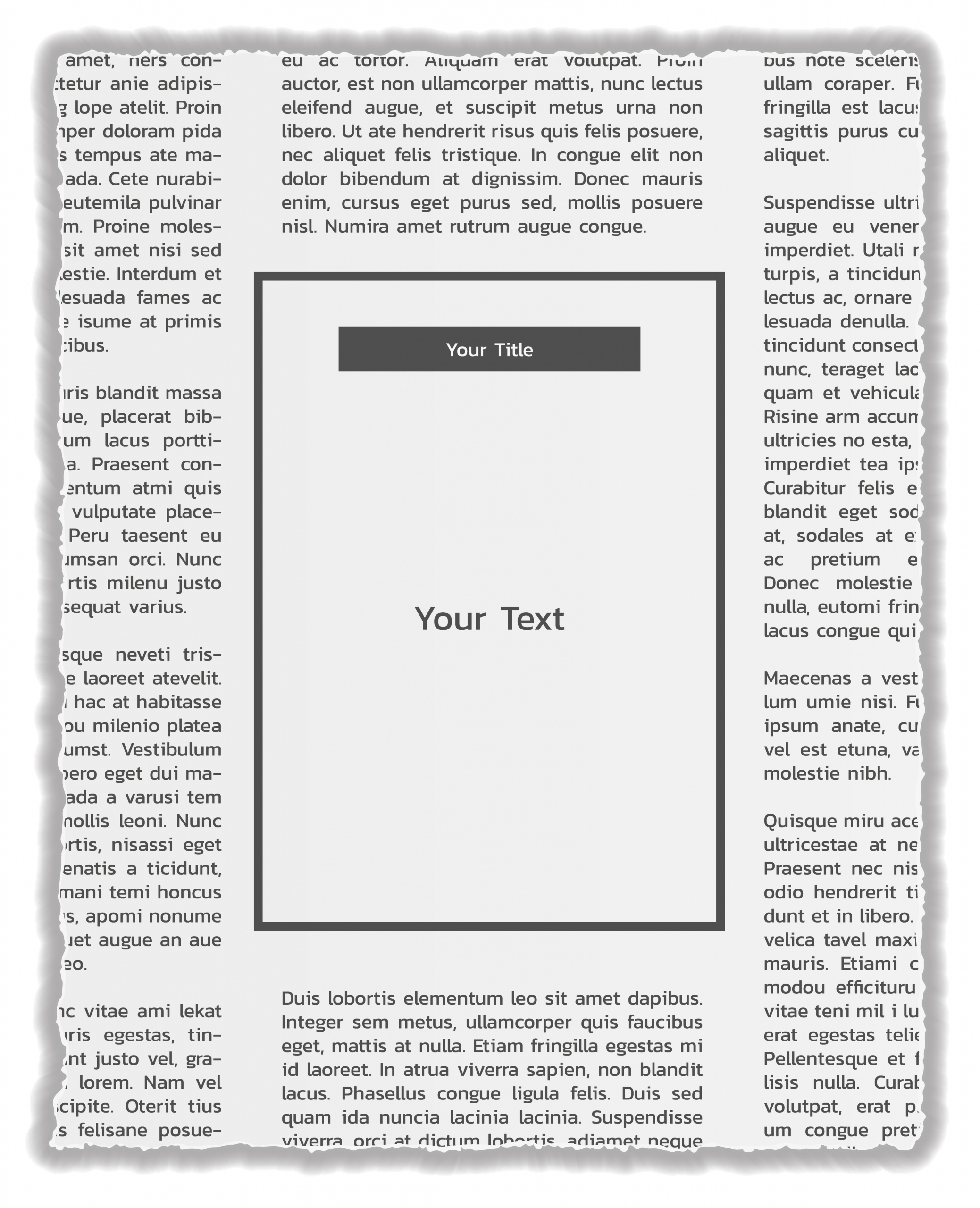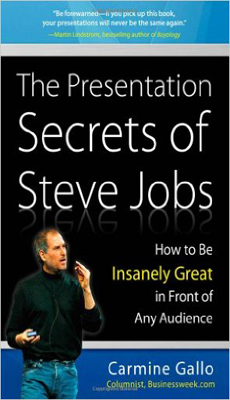Watch Your Tone of Content Creation
“Sometimes we have no choice but to implement rules,” my speaker friend Todd Hunt admits, but we may have a choice as to how we present those rules. While one hotel at which Hunt stayed posted a notice reading “Breakfast buffet food not allowed beyond breakfast area”, another facility took a different approach, saying “We request our guests to have breakfast only in the lobby area to maintain the food safety standards on our property.”
“Tone of voice plays a crucial role in effective communication. It allows us to express emotions, convey meaning, establish rapport, and influence others’ perceptions,” everydayspeech.com explains. “One element of communication stands out — tone,” Tracy Brower, PhD, writing in Forbes, agrees, citing data from Grammarly and the Harris poll showing that working remotely increases the need to be a better communicator.
Tone and language are tricky to deal with when it comes to written communication, universalclass.com explains. A speaker’s body language, voice, intonations, eye contact, and general demeanor offer essential clues about what the speaker is feeling; with print content, this instant give-and-take of nonverbal signals is not possible.” Still, written messages can take a conversational, a cajoling, or an apologetic tone.
In the case of the two hotel signs Todd Hunt saw, the second message had a more positive tone in that it explained “the why” (the reason guests were to keep all food within the breakfast area). In content marketing, calls to action (CTAs) often use imperative verbs to provoke readers to take positive action, from requesting further information to actually signing up for a newsletter, to actually making a purchase. But online visitors who’ve found themselves at your blog want to know why they ought to keep reading and why they should follow your advice. Why the urgency about the specific solution you’ve proposed? Why this price point?
Even couched in a polite, rather than bossy tone, it’s simply not enough for content creators to provide information to online searchers who’ve landed on our client’s corporate blog. The facts need to be “translated” into relational, emotional terms that compel reaction – and action – in readers.
For positive marketing results, pay close attention to the “tone” of your content!






Follow us online!